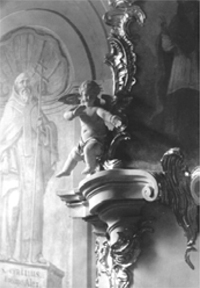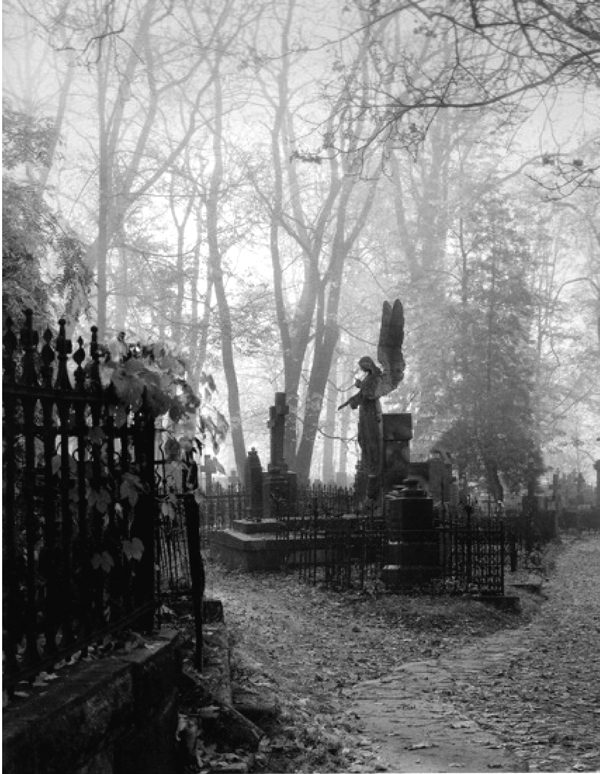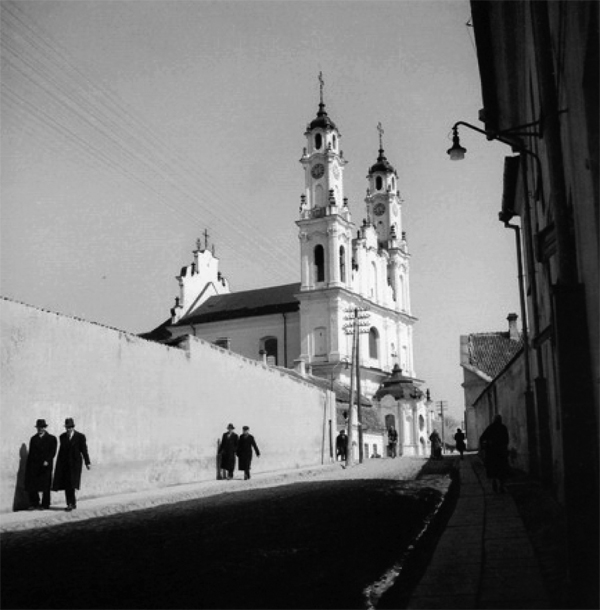
Copyright © 2012 LITUANUS Foundation, Inc.
Volume 58, No.2 - Summer 2012
Editor of this issue: Loreta Vaicekauskienė
 LITHUANIAN
QUARTERLY JOURNAL OF ARTS AND SCIENCES
|
ISSN
0024-5089
Copyright © 2012 LITUANUS Foundation, Inc. |
|
Volume 58, No.2 - Summer 2012 Editor of this issue: Loreta Vaicekauskienė |
Book Review
Vilnius: Portrait of a City. Complied by Isaac Zibuts and Raimondas Paknys. Edited by Audra Karienė; translated by Vida Urbonavičius-Watson. 360 pages, 240 illustrations. Vilnius: R. Paknys Publishing House, 2010. ISBN 978-9955-736-325.
The reverence for the printed book, so visible in books like this, is perhaps a testament to Lithuania’s sad history of restrictions on a free press. It is also probably a result of the continuing political worries over Lithuania’s “image” in the West that the list of sponsors of the book includes the Ministry of Culture, the Culture Support Foundation, and Lithuanian National Radio and Television. The production values here are utterly stunning: Raimondas Paknys’s picture of the Chapel of St. Casimir in the Cathedral (57) is so sharp and vivid that glancing at it, my memory suddenly brought the smell of it to mind. Combine the lovely and evocative photographs with an outstanding collection of texts on Vilnius, gracefully translated into English by Vida Urbonavičius-Watkins, and the result is a small treasure, a lovely gift for anyone who is a fan of Vilnius, that makes it abundantly clear why the Old Town was declared a UNESCO World Heritage Site.
The text explores and indeed, revels in the multicultural history of Vilnius, opening with a series of poems in each of the languages of Vilnius (translations are included at the end of the book). Like Laimonas Briedis’s recent Vilnius: City of Strangers, many of the texts are from visitors sharing their impressions of the city, and in each they are allowed to speak of the places they knew under the names they knew them by. The photography is almost as multicultural, and spans almost a century and a half, including numerous photos by Jan Bułhak. Although the evidence that awareness of the city’s multicultural heritage is growing is heartening, you will find barely a whisper of the Soviet years here. Apparently, the scars of that era have not yet healed enough to bear contemplation.
The book also contains a number of indexes, including a site index, a list of photographs, sources, and profiles of the authors.

Jan Bulhak, Church of St. Theresa,
interior fragment, 1912-1913

Kęstutis Stoškus, Bernardine cemetery, 1996

Vytautas Augustinas,
Missionary church on Subačius Street, 1939